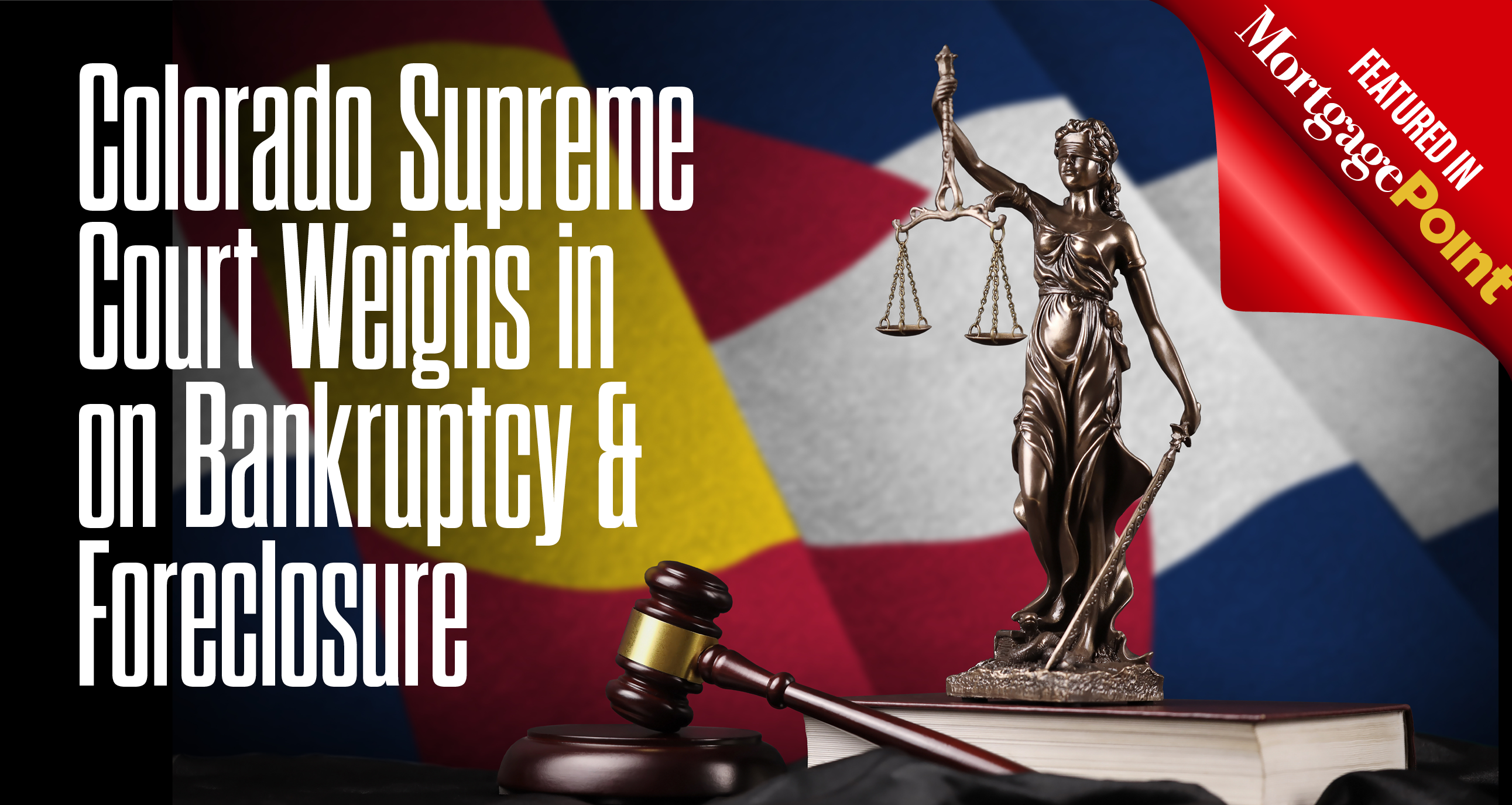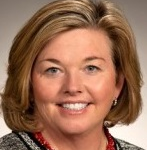
This piece originally appeared in the July 2023 edition of MortgagePoint magazine, online now.
IDEA Law Group, along with lenders, borrowers, and debt collectors, have been closely monitoring the Colorado Supreme Court for a decision on U.S. Bank Nat’l Ass’n v. Silvernagel. The Colorado Appellate Court had previously ruled that discharge of a debtor in bankruptcy triggered the statute of limitations on a claim to foreclose based upon a deed of trust. On April 24, 2023, the Colorado Supreme Court unanimously reversed the decision of the Colorado Court of Appeals and held that a discharge in bankruptcy does not trigger the statute of limitations on a claim to foreclose based on a deed of trust. U.S. Bank Nat’l Ass’n v. Silvernagel—P.3d—Case No. 21SC836, 2023 WL 3049067 (Colo. Apr. 24, 2023)
Over the last five years, the issue of when the statute of limitations is triggered has arisen in borrower complaints for declaratory judgment and quiet title actions in Colorado, Arizona, and Washington courts. The complaints generally allege that the date of the bankruptcy discharge starts the statute of limitations clock and therefore limits the lender’s right to foreclose. This important decision clarifies that discharge does not start the running of the statute of limitations clock.
Pursuant to Colorado Revised Statute 13-80-103.5(1)(a), a lender has a six-year period to enforce rights set forth in a debt instrument securing the payment of any debt.
This limitations period is applicable to most promissory notes, security agreements, and deeds of trust. Generally, C.R.S. 13-80-108(4) dictates that the six-year period begins to run when a claim accrues. A claim under an instrument securing or evidencing any debt accrues when each installment becomes due. If an agreement provides for installment payments, a separate cause of action accrues each month that a payment is not made. This results in some claims being expired and others that have not accrued and therefore remain within the six-year statute of limitations.
The Plaintiff in Silvernagel argued that the bankruptcy discharge automatically accelerates the accrual of the cause of action. In bankruptcy, the discharge provides the debtor/borrower with the discharge from personal liability to the lender. As a result, the lender cannot pursue the debt from the borrower personally; rather the debt can only be enforced by foreclosing on the property, an in rem action.
In Silvernagel, the Colorado Court of Appeals held that even though the lender never took any action to accelerate the note, the discharge in bankruptcy alone automatically caused the accrual of the cause of action, which triggered the six-year period to foreclose on the property secured by the deed of trust. The bankruptcy discharge, according to the Colorado Court of Appeals’ decision, begins the statute of limitations clock running regardless of the intentions of the borrower or the lender. According to the Court of Appeals decision, the discharge in bankruptcy of the borrower’s personal obligation on the debt was the equivalent of the note maturing and triggering the statute of limitations.
The Colorado Supreme Court relied on settled case law to reverse the decision of the Court of Appeals. The final ruling is clear that a borrower cannot unilaterally accelerate their obligation under a note or security agreement. Even if the loan agreement contains an optional acceleration clause, the lender must accelerate and affirmatively invoke the acceleration clause in order to begin the statute of limitations clock. As the Supreme Court noted, allowing the borrower to unilaterally accelerate the due date through a bankruptcy discharge was essentially inserting a new provision into the contract.
The Colorado Supreme Court disagreed.
The Court’s decision allows borrowers to continue to make payments on their mortgage, if they choose to do so, and allows a borrower to use more of their income for secured debt payments by discharging unsecured debt. This decision also prevents the lender from being forced to pursue foreclosure to prevent the debt from becoming time-barred, most importantly in those situations in which the borrower is making post-discharge loan payments.
The Colorado Supreme Court’s holding that a bankruptcy discharge does not automatically accelerate or trigger the statute of limitations for the remaining outstanding payments clearly is beneficial to both borrowers and lenders. It allows borrowers in bankruptcy to keep their homes by continuing to make their monthly payments, as opposed to being forced to pay the debt in full. Additionally, as a result of the decision, lenders are no longer forced into a choice of initiating foreclosure within six years of discharge regardless of the status of monthly payments, or risk forfeiting the ability to ever recover the property. It is a win-win decision for all.

 DSNews The homepage of the servicing industry
DSNews The homepage of the servicing industry











